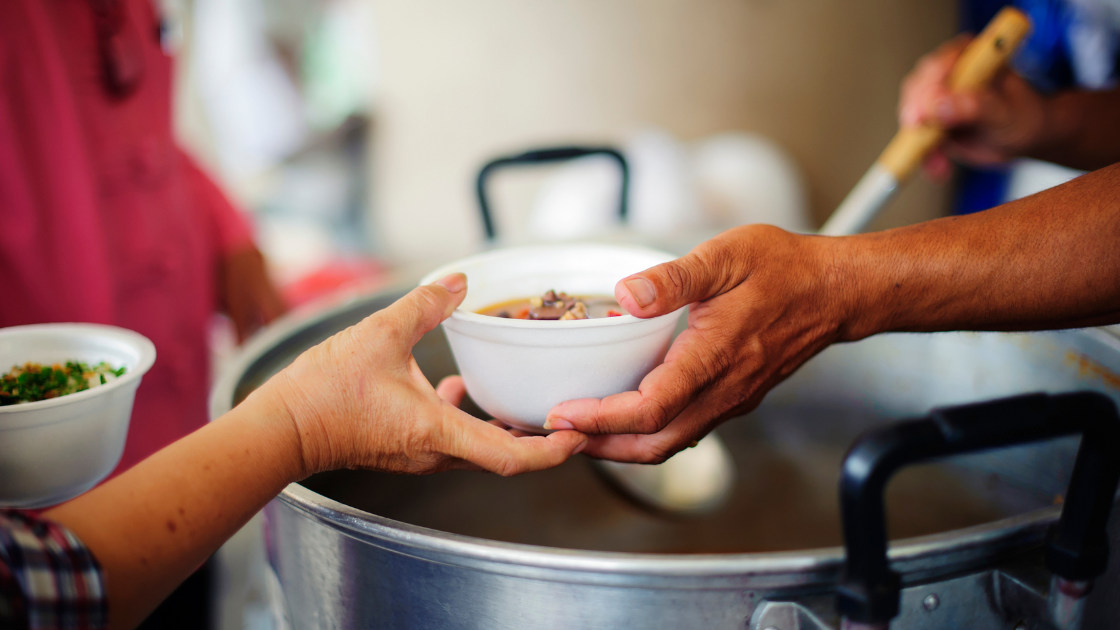By John Jamieson
Canada is a land of plenty — fertile soil, skilled farmers and an agile distribution network ensure our food system is self-sufficient. Our agri-food economy employs millions of people and generates billions of dollars for our economy. Our surplus allows us to export over $82 billion in agri-food products annually, but there is a dark side. As consumers, we throw out an astonishing amount of food that is still edible.
Millions of tonnes of edible food ends up in the trash every year — tossed out by consumers at a cost of $20 billion or about $1300 per household. Around 60 per cent of the food we throw out is still good to eat. We can all contribute to a more sustainable food system by reducing food waste, which benefits the environment and offsets food inflation.
One of the biggest reasons people throw out food is not understanding the best-before dates on packaged food. People often equate best before with expiry dates, but best-before dates only indicate the optimum time to consume something. In most cases, it is safe to consume food after best-before dates.
Many Canadians have grown up in low inflationary times and have never had to consider food management. We have to acknowledge that many of us have less than ideal food-buying habits and we can do better. We can shop more frequently, make meal plans, preserve and freeze the food we buy, and seek credible information online about shelf life, food storage and proper composting. Food waste at home is one of the biggest contributors to greenhouse gas emissions — nearly 10 million tonnes a year.
Our national food system is part of a supply chain that begins on the farm and ends on our table. When we measure food loss and waste across all the stages of our food supply, it amounts to nearly 400 kilograms or over 800 pounds of food per person each year. Our food system has already heeded the wake-up call to reduce food loss and greenhouse gases.
Farmers are using more efficient equipment to harvest as much per acre as possible. Transporters are better at ensuring they have backhauls — not returning empty from a delivery. Food processors are making manufacturing changes to reduce food loss. Several grocery retailers have made a commitment to reduce food loss in their operations by 50 per cent by 2025 and many grocers work with local food banks to donate food. The government also has a role to play in developing food polices and raising public awareness of food waste.
Some Canadian communities already have community pantries in central locations where people can drop off or pick up food, much like neighbourhood book-sharing boxes. In some places, like France, it is illegal for grocers to throw out food. Once we are aware that we are part of the problem of food waste, we can champion solutions.
Globally, about one-third of all food produced is either spoiled or wasted, which leads to avoidable economic losses and CO2 emissions. Our food system is making progress to ensure surplus food is not spoiled. Yes, there is more our industry can do, but as consumers, there is also more we can do to reduce food waste.
John Jamieson is the president and CEO of the Canadian Centre for Food Integrity.


